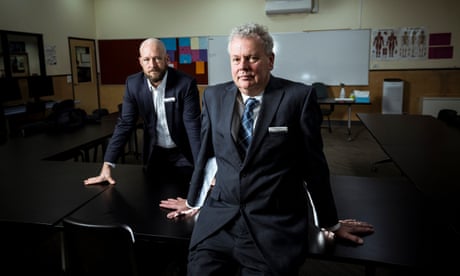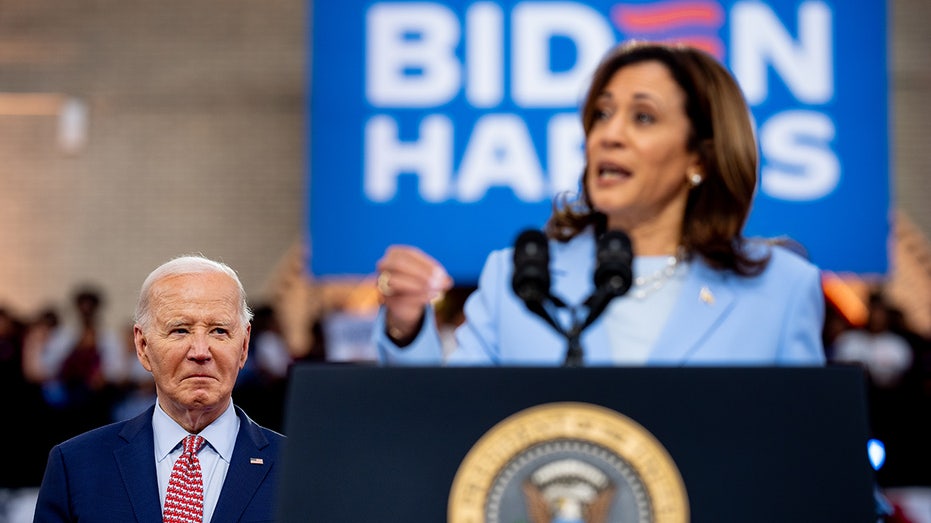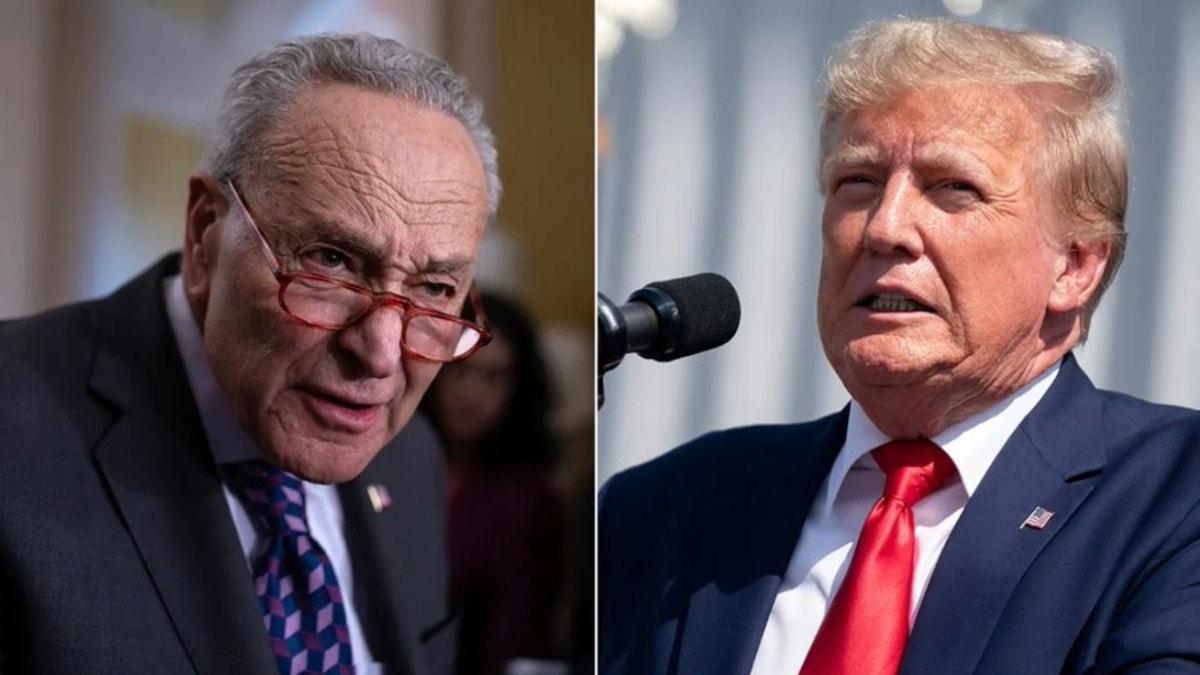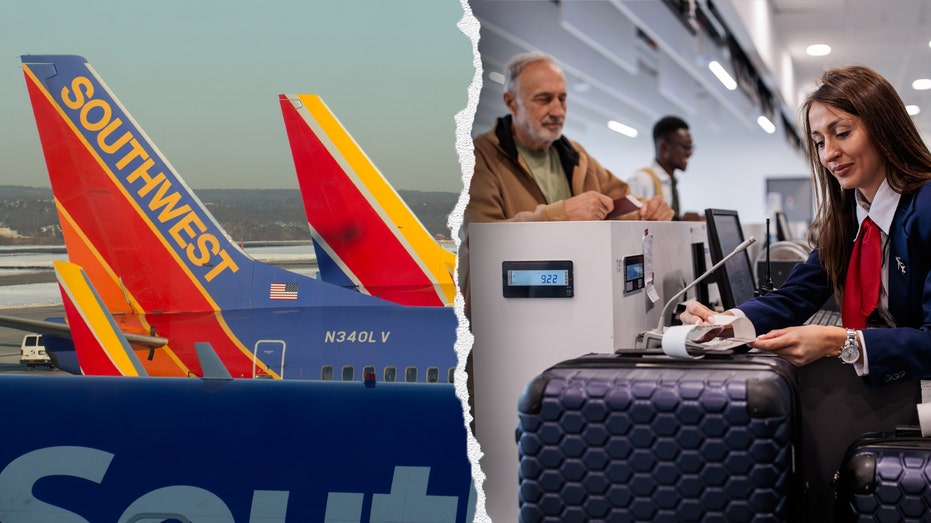- by foxnews
- 14 Mar 2025
‘We can’t lose any more’: how the teacher shortage grew into a national crisis
‘We can’t lose any more’: how the teacher shortage grew into a national crisis
- by theguardian
- 11 Jun 2022
- in news

Victorian principal David Sutton hadn't stood at the front of a classroom for six years. But as Covid and flu-related illnesses sweep across the nation, he is finding himself taking classes once a week.
As the head of Maryborough Education Centre - a government school in central Victoria - juggling principal duties and the occasional lesson is the new routine for Sutton. But he is most concerned about his assistant principals now teaching additional classes to help plug gaps caused by ongoing vacancies.
"It's a really big ask and they step up because it's the type of people they are - but it does create pressure," he says.
"I'm worried about the additional stress that [staff] are faced with because it's uncertain when they come to school which classes they'll be taking. We operate with a lot of goodwill and dedication but we need to be understanding that this will have an impact."
The prep to year 12 school, two hours' drive north-west of Melbourne, also caters to students with disabilities. One specialist teaching position for students with disabilities has remained unfilled since the beginning of the year.
In government and independent schools around the nation, the teaching workforce is facing a twofold crisis. Covid has wrought havoc and worsened existing shortages that predate the pandemic. Flu and Covid-related illness have resulted in classes being combined or cancelled, principals filling in teaching roles, and students - particularly in remote areas - being taught maths by non-specialist teachers.
Guardian Australia revealed in March that more than 4,000 extra high school teachers would be needed nationally over the next four years, with New South Wales and Queensland forecast to experience the biggest shortfalls. The figures - from federal government modelling - also showed more than 50,000 teachers were expected to permanently leave the profession between 2020 and 2025, including almost 5,000 teachers aged between 25 and 29.
At Maryborough Education Centre, the ongoing vacancies point to a wider workforce crisis. Sutton says while specialist subjects such as maths and languages have always been challenging to fill, in the past 18 months the regional school has had persisting vacancies "across the board".
The workforce shortages predate Covid and are well-documented, with teachers reporting feeling overworked, underpaid, struggling with poor behaviour of students and burdened by administrative tasks even before the pandemic began.
The principal of a public school in western Sydney, who requested anonymity, says shortages have worsened in the past three years, highlighting a deeper structural issue.
"You can't find a casual teacher for love nor money," she says.
The principal says a head of faculty recently left the school after spending months taking extra lessons and preparing lesson plans for casual staff.
"In the end it had a toll on his health, his life after school and was impacting his family," she says. "It was a difficult and heartfelt conversation about him saying, 'I can't do this for my own health and have to leave the profession'."
"I lost a wonderful teacher and the department lost a wonderful resource."
During the election campaign, federal Labor unveiled a scheme to financially incentivise high-achieving school leavers via $10,000 a year bursaries to study teaching in a bid to tackle shortages.
The new federal education minister, Jason Clare, tells Guardian Australia that teacher shortages are a "major issue" that will be high on the agenda at the next meeting of education ministers.
"We committed at the election to help tackle this issue by providing bursaries for 5,000 talented students to enter teaching, and expanding the High Achieving Teachers program to support up to 1,500 professionals working in other fields to switch careers to teaching," Clare says.
The national education union is calling for a coordinated national plan to tackle the shortage crisis as a matter of urgency, warning it cannot continue as teachers, principals and support staff are at risk of severe burnout.
A Victorian government spokesperson says it will back a national plan to reduce workforce shortages.
"We know we have a genuine partner in education in the Albanese Labor government," the spokesperson says.
A Monash University study published last month found more than half of the 2,444 Australian primary and secondary school teachers surveyed were planning to quit the profession, describing their workload as excessive and unsustainable. They felt burned out and unable to keep up with the growing list of administrative tasks.
The NSW Teachers Federation president, Angelo Gavrielatos, does not mince his words when he says he has never seen principals and teachers "so angry and exhausted".
"We need to tackle the crippling workload. If you know the cause of the problem you know the solution," he says.
"The other issue is creating a competitive salary to attract and retain teachers."
The NSW government this week announced public sector workers such as teachers would receive a pay rise after it agreed to lift a cap on wages to 3% - up from 2.5%. But the teachers union says it "adds insult to injury", as it falls short of inflation, which soared to 5.1% in the March quarter.
Independent Schools Australia's chief executive, Margery Evans, acknowledges there is no silver bullet, but says schools should consider ways to reduce workloads by having more non-teaching staff taking on administrative tasks.
"Positive culture in schools is another thing, ensuring teachers have a voice and a say and a feeling of efficacy in their work and workload management," she says.
The Queensland Teachers Union president, Cresta Richardson, says the pathway forward required assisting expat teachers return home and offering financial and lifestyle incentives for qualified overseas teachers to take up positions.
"In the meantime, we need to give students a reason to take up teaching as a career and clearly demonstrate why it's so meaningful and respected," she says.
"Most importantly we need to reward and retain the teachers on the frontlines right now, we simply can't lose any more."
The NSW government last year launched a teacher supply strategy to tackle the projected shortfall. The scheme aims to provide 3,700 extra teachers over the next decade by improving perceptions of the profession and fast-tracking the careers of high-performing teachers.
In Victoria, the state government has a targeted financial incentive scheme for hard-to-fill positions.
The Victorian teachers' union president, Meredith Peace, backs bursaries as financial incentives but says further investments are needed to support country students afford to study teaching in regional hubs or cities.
"Those kids are more likely to go back and teach in country areas because they understand what it's like to live in the country," she says.
At Sutton's school in regional Victoria, the housing supply crunch is an additional barrier for people on student placements. He also stresses that investing in expanding regional placements is key to tackling regional shortages.
"Teaching in a region can be a highly rewarding career but many people studying teaching will not experience a regional placement," he says.
"We need to give financial support so the pre-teachers get the chance to see all the benefits of teaching in the country."
- by foxnews
- descember 09, 2016
Southwest flyers fire back over airline ending free checked bag policy: 'Nail in the coffin'
Southwest has customers sounding off after the airline announced an end to its checked bag policy, leading some flyers to say they'll "boycott" the airline.
read more


